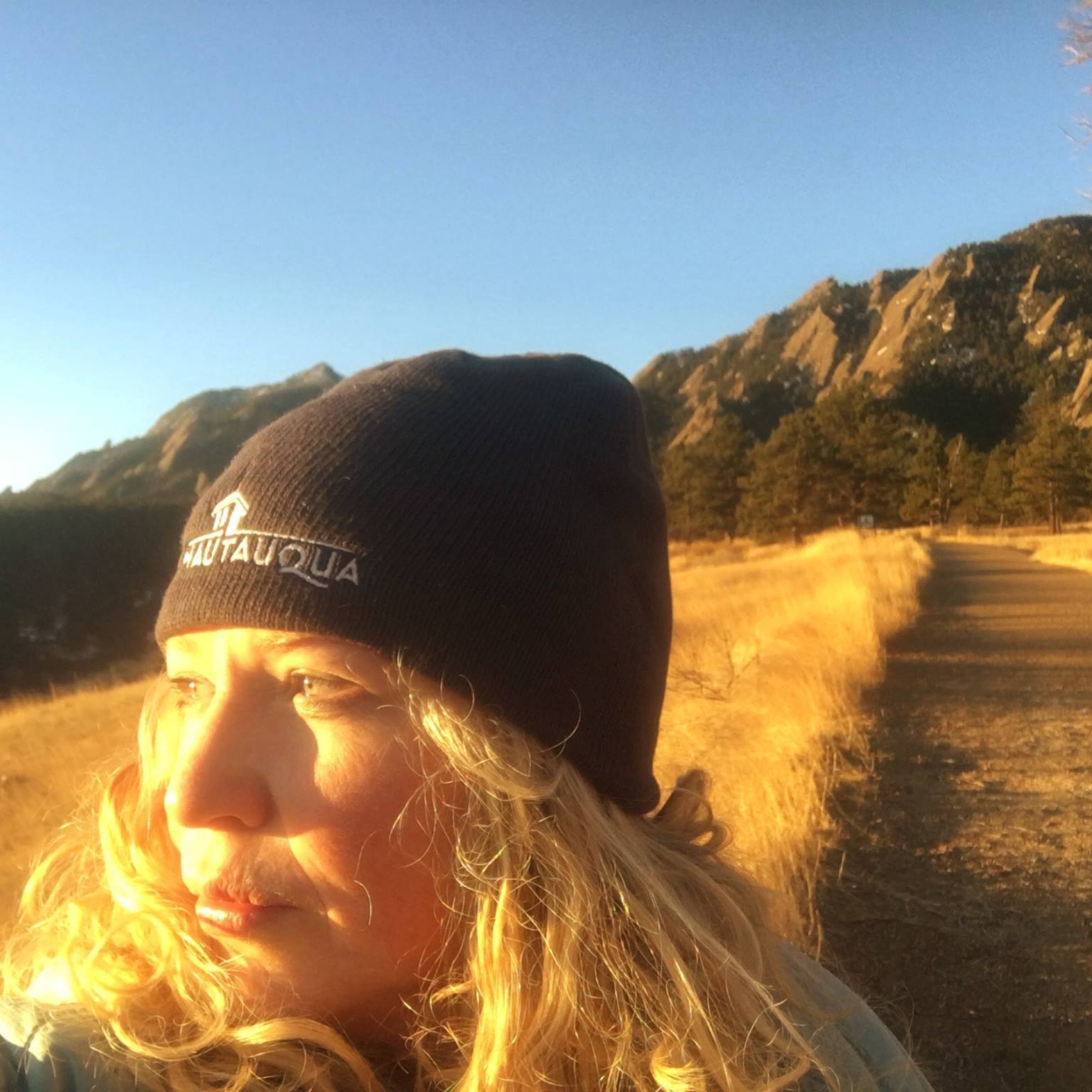It finally feels like Fall in Colorado and after a long, hot summer this is the time of year I enjoy the most. Well, with the exception of winter’s glorious snow. And who doesn’t love spring blossoms?
OK, mostly I just hate summer’s heat.
As a part of my physical therapy, I’ve been trying to bike daily. Though I don’t yet feel I’m ready to hike, my knee is getting stronger every day. Yesterday, I biked for over an hour and was delighted, upon summiting a large hill on the Ralston Creek Trail, to have a vantage point of two gorgeous lakes.

 But even better was I actually passed a young dude on the trail, evidence I’m finally gaining some speed. “This is the stretch that always gets me,” he mumbled as an excuse. “Yeah, me too!” I breathed as I raced by.
But even better was I actually passed a young dude on the trail, evidence I’m finally gaining some speed. “This is the stretch that always gets me,” he mumbled as an excuse. “Yeah, me too!” I breathed as I raced by.
Or not.
 Dear ol’ dad posted the following as his Facebook status last weekend:
Dear ol’ dad posted the following as his Facebook status last weekend:
Passed these two teenagers pushing their mountain bikes up the Southland Drive hill.
’70-year-old guy passing on your left,’ said I.
‘Heh, heh,’ said they in obvious humiliation.
Just in case you’re wondering where I get “it” from.













































 I'm a Canadian-born mom of two, former Denver Post columnist, family travel writer, editor of MileHighMamas.com and 9News contributor. Expert on all things Utah, Denver, family and travel. Lover of laughter and life. Happily married to a man obsessed with growing The Great Pumpkin.
I'm a Canadian-born mom of two, former Denver Post columnist, family travel writer, editor of MileHighMamas.com and 9News contributor. Expert on all things Utah, Denver, family and travel. Lover of laughter and life. Happily married to a man obsessed with growing The Great Pumpkin.